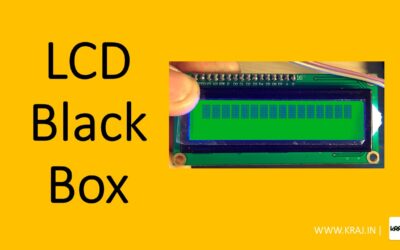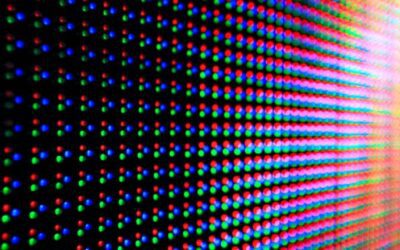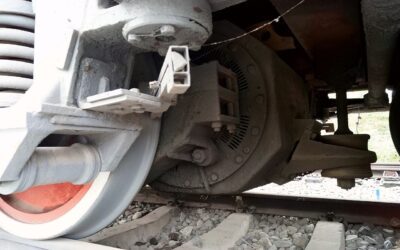Theory
- The Half wave rectifier is a circuit, which converts an AC voltage to DC voltage.
- During the positive half cycle of the input voltage diode gets forward biased. As a result a current IL flows through the load resistor, RL. The forward biased diode offers a very low resistance and hence the voltage drop across it is very small. Thus the voltage appearing across the load is practically the same as the input voltage at every instant.
- During the negative half cycle diode is reverse biased. Practically no current flows through the circuit and almost no voltage is developed across the resistor. All input voltage appears across the diode itself.
- Hence we conclude that when the input voltage is going through its positive half cycle, output voltage is almost the same as the input voltage and during the negative half cycle no voltage is available across the load. This explains the unidirectional pulsating DC waveform obtained as output. “The process of removing one half the input signal to establish a DC level is called half wave rectification“.





0 Comments